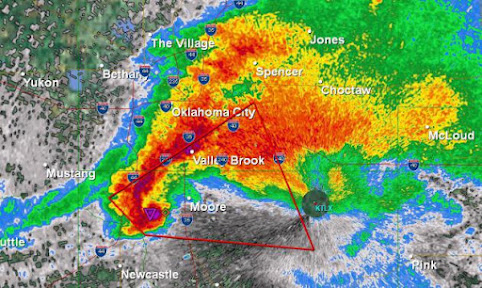Some might say that sugar toads are the best fish most people have never eaten. In fact, I would venture to say that most would admit they have never even heard of this tasty delicacy found primarily in Chesapeake Bay where they thrive. When folks think of the Chesapeake, oysters and crabs come immediately to mind. But oh, there is so much more. Let us not forget the worthy rockfish (striped bass), to many the king/queen of the Chesapeake. And who can forget the succulent blue catfish, flounder, bluefish, Spanish mackerel, shad, croaker, spot, and a host of others that make the Bay such an interesting fishery.
Sugar toads – “sweet as sugar and ugly as a toad” – or northern puffer (Sphoeroides maculatus), is a non-poisonous species not to be confused with the other members of the pufferfish family (ca. 120 variations) which contain tetrodotoxin, a substance found in the liver, gonads, and skin, making them foul tasting and lethal to fish. “To humans, tetrodotoxin is deadly, up to 1,200 times more poisonous than cyanide. There is enough toxin in one pufferfish to kill 30 adult humans, and there is no known antidote.” That’s enough to make anyone turn away. That said, Japan still cherishes the poisonous pufferfish which must be expertly handled by a licensed chef specially trained to remove its poisonous parts. It is then served as a pricey dish called fugu which due its nature is largely banned in the USA. Good call.

Admittedly, the northern puffer isn’t pretty, covered as it is with tiny sharp spikes, and sporting four large and powerful teeth used to crush crabs, clams, shrimp and other shellfish that are its main diet. Among commercial fishermen, northern puffers were long ignored as by-catch and either thrown back or saved for fertilizer. They should not be confused with the oyster toadfish, or “oyster cracker” (Opsanus tau, in the family Batrachoididae). The toadfish lays the largest eggs of any Chesapeake Bay fish and it has a venomous spine on its first dorsal fin. Pain from this venom has been compared to a bee or wasp sting and for this reason they have no real commercial value. The northern puffer, on the other hand, has a clean, sweet and mild flavor – the white meat has a delicate sweet flavor similar to white perch and sea bass – and watermen would save them for the family table after selling their commercial catch. Eventually sugar toads became a staple on the menu boards of restaurants on both sides of the Bay. Found from early spring to autumn, and in winter in deeper waters offshore, soon watermen were targeting the northern puffer in the Chesapeake starting in midsummer by baiting “peeler pots” used earlier in the season for soft-shell crabs. Recreational fishermen often catch them with a two-hook bottom rig.

On my various outings on the Bay in search of trophy rockfish and bluefish I would occasionally hook an oyster cracker, and more rarely a northern puffer, but I always returned them to the water not realizing until later just what a tasty delicacy the latter is. I won’t make that mistake again. Sugar toads – also referred to as “sea squab” in some quarters – are considered to be the fried “chicken wings of the sea.” Eaten with your hands, they are the perfect bar snack or appetizer served up with a cold beer.
Preparation and serving sugar toads are a pretty simple process. The first step is to remove the head, innards, fins and bones save the spine, and the sandpaper-rough skin. Gloves are a must. Leave the tail on as this will make it easier to handle. Once cleaned, dip the remaining meat into buttermilk mixed with hot sauce and salt, then dredge it in flour seasoned with Old Bay spice and pepper. Repeat this process 2-3 times before deep frying for 5-7 minutes. When finished, the sugar toad will have the look of a fried shrimp only larger. The soft and flaky flesh will have a decidedly sweet, even melt-in-your-mouth consistency. But don’t stop there. Just like chicken wings, sugar toad go best with a preferred dipping sauce. Some favor honey, tartar sauce, or hot sauce while others might choose a buttermilk dressing infused with cheese, mayonnaise, chopped parsley, chervil, tarragon and chive, Old Bay and lemon. I personally like a melted garlic and anchovy butter.
It has been awhile since I have had a nice mess of sugar toads, and with the coming of warmer weather it will be time to head over to the Bay and reacquaint myself with this delightful delicacy. I may even bring a few home for the larder along with some soft shell crab. Bon appetit!

















.jpg)






